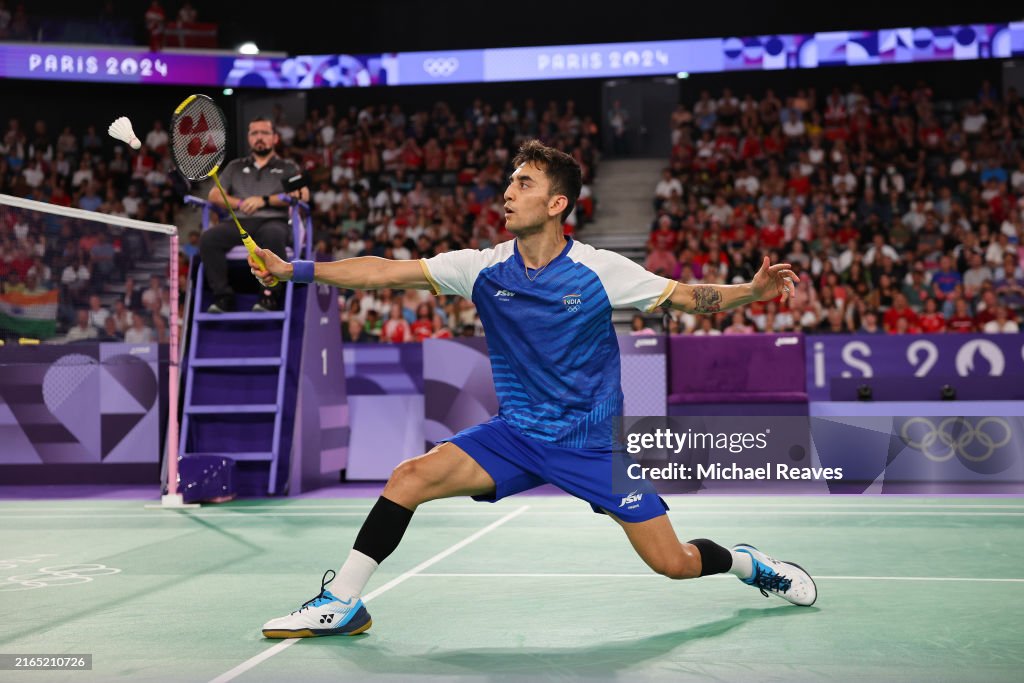The Indian Premier League (IPL) is a cricket extravaganza that captivates millions of fans worldwide. While the tournament is renowned for its high-scoring matches and electrifying batting displays, the role of bowlers, particularly spinners and pacers, is equally crucial in shaping the outcome of games. This blog explores the contrasting strategies employed by spin vs. pace in IPL, delving into the factors that make each approach unique.
The Evolution of Bowling (Spin vs. Pace in IPL)
In the early seasons of the IPL, the dominance of fast bowlers was evident. Express pacers who could consistently breach the 140 km/h mark were considered indispensable assets to any team. However, as the tournament progressed, the tracks started favoring spinners more, leading to a paradigm shift in bowling strategies.
A. Rise of Spin Dominance
The slow and turning wickets in certain IPL venues played a pivotal role in elevating the status of spinners. Teams began to recognize the effectiveness of spin in restricting batsmen and taking crucial wickets. The success stories of spinners like Ravichandran Ashwin, Sunil Narine, and Rashid Khan underscored the growing influence of spin in the IPL.
B. Pacer’s Resurgence
While spinners gained prominence, pacers didn’t fade into oblivion. In fact, the advent of T20 cricket saw the emergence of innovative fast bowlers who mastered the art of variations like slower balls, yorkers, and bouncers. Bowlers like Jasprit Bumrah, Kagiso Rabada, and Jofra Archer showcased that pace, when used strategically, could still be a potent weapon in the shortest format.
The Spin Conundrum (Spin vs. Pace in IPL)
A. Controlling the Middle Overs
Spinners are often entrusted with the responsibility of bowling in the middle overs, a phase crucial for curbing the opposition’s run rate. Their ability to vary the pace, extract turn, and exploit the batsmen’s weaknesses makes them invaluable during this period. Teams often deploy spinners to create pressure, leading to impulsive shots and wickets.
B. Matchups and Variations
One of the key advantages of spinners in the IPL is their ability to exploit matchups. They are adept at studying a batsman’s weaknesses and tailoring their deliveries accordingly. Leg-spinners, in particular, have been highly successful in creating indecision among batsmen with their variations in length, line, and spin direction.
C. Impact on Powerplays
While spinners play a crucial role in the middle overs, some teams strategically utilize spin in the powerplay as well. The ability to pick up early wickets and control the scoring rate during the fielding restrictions makes spinners a valuable asset in the crucial initial six overs.
The Pace Quotient (Spin vs. Pace in IPL)
A. Death Bowling Mastery
Pacers have become synonymous with death bowling – the art of delivering precise yorkers and deceiving slower deliveries in the final overs. This skill is pivotal in restricting the opposition from posting massive totals, and pacers who excel in this facet are highly sought after in the IPL auctions.
B. Impact in Powerplays
Pacers, with their ability to generate pace and bounce, often strike early blows in the powerplay overs. Teams frequently deploy fast bowlers to exploit the conditions and dismiss top-order batsmen, setting the tone for the rest of the innings.
C. Strategic Use of Short Balls
Pacers leverage the bouncer and short-pitched deliveries strategically to disrupt the rhythm of batsmen. This aggressive tactic is often employed to target key opposition players or to counter aggressive batting in T20 cricket.
Success Stories (Spin vs. Pace in IPL)
A. Spinners’ Impactful Performances
Sunil Narine’s Mystery Spin: Sunil Narine, representing the Kolkata Knight Riders, has been a linchpin in their bowling attack. His unique blend of off-spin and knuckleballs has confounded batsmen, resulting in economical spells and crucial breakthroughs.
Rashid Khan’s Leg-spin Mastery: Rashid Khan’s rise to prominence with the Sunrisers Hyderabad epitomizes the dominance of leg-spinners in the IPL. His ability to turn the ball both ways, coupled with a deceptive googly, makes him a consistent wicket-taker.
B. Pacers Making a Mark
Jasprit Bumrah’s Yorkers: Mumbai Indians’ Jasprit Bumrah is celebrated for his exceptional death bowling skills. His pinpoint yorkers and a variety of slower deliveries have made him a nightmare for batsmen in the final overs.
Kagiso Rabada’s Raw Pace: South African speedster Kagiso Rabada, playing for the Delhi Capitals, relies on raw pace to unsettle batsmen. His express deliveries and ability to generate steep bounce make him a potent force in the IPL.
Team Strategies and Conditions (Spin vs. Pace in IPL)
A. Pitch Conditions
Team strategies in the IPL are heavily influenced by the pitch conditions at different venues. Spin-friendly surfaces prompt teams to load their squads with quality spinners, while flat tracks encourage the inclusion of express pacers who can extract bounce and generate pace.
B. Team Combinations
Successful IPL teams strike a balance between spin and pace in their bowling line-ups. The ability to adapt to varying conditions and opposition strengths is crucial, and teams often tweak their playing XI based on the nature of the pitch and the opposition’s batting lineup.
Conclusion (Spin vs. Pace in IPL)
In the ever-evolving landscape of T20 cricket, the competition between spinners and pacers in the IPL remains fierce. While spinners dominate the middle overs and exploit matchups, pacers continue to thrive with their ability to bowl at the death and generate raw pace. The success stories of individual bowlers highlight the diversity and depth in bowling strategies, making the IPL a captivating spectacle for cricket enthusiasts worldwide. As teams gear up for each edition, the eternal debate of spin vs. pace continues, adding another layer of excitement to the world’s premier T20 tournament.




